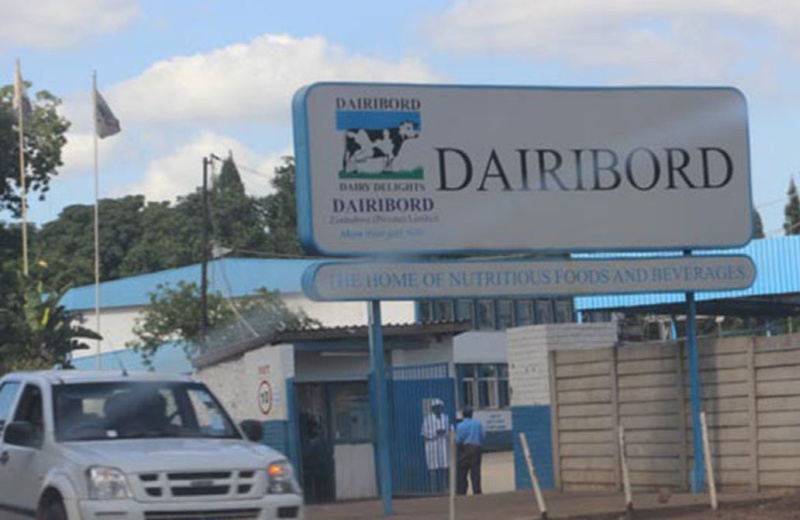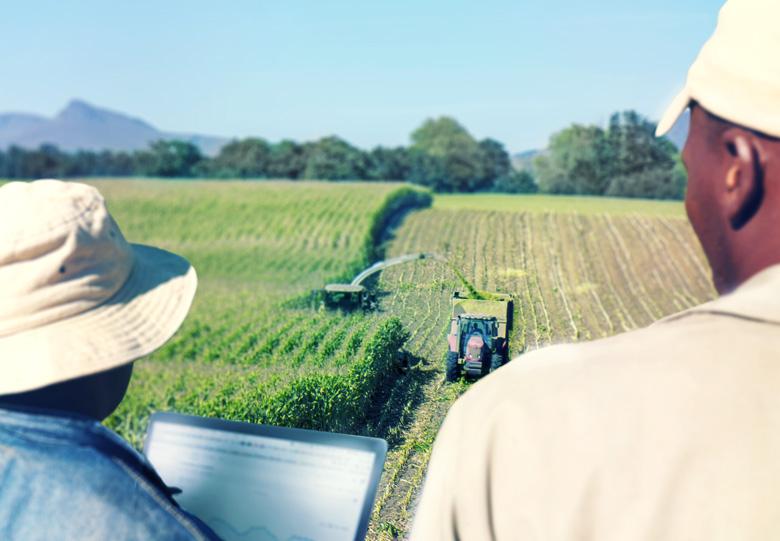Zim targets US$14bn agric industry by 2025
THE Government expects agriculture to grow to a US$13,75 billion industry by 2025 after the sector in 2021 hit the initial target of US$8,2 billion, underpinned by improved productivity and production across all the sub-sectors.
The growth was driven by the successful implementation of the Agriculture Recovery and Growth Plan which was launched in 2020 to engender food security, import substitution, diversified exports, and value addition, among others.
The US$8,2 billion initial target was surpassed in 2021, as agriculture grew at an average of 6 percent.
This year, the sector is expected to register a 9,7 percent growth rate.
Speaking at the 11th Annual National Agri-business Conference at the ongoing Zimbabwe Agriculture Show in Harare yesterday, Lands, Agriculture, Fisheries, Water and Rural Development Minister Dr Anxious Masuka said We thought that we were going to be a US$8,2 billion industry by 2025, but by December 31, 2022 we were already a US$9,9 billion industry.
“Now the team that’s working on doing the numbers . . . showed me some numbers yesterday that they think will be a US$13,75 billion industry by 2025.
“You have all contributed to this review,” he said.
“When we do this review, we now think it should be called the Agriculture Food Systems and Rural Transformation Strategy and l think that we would be able to see lots of it.”
Underpinned by the above strategy, Dr Masuka said agricultural development and rural industrialisation would catalyse the envisaged national vision of transforming Zimbabwe into an upper middle-income economy by 2030
“The other aspect that is embedded there, is that countries under sanctions such as Zimbabwe in order to transform themselves, have to look for their own resources and that brings in a developmental State.
“So, a developmental State means that the State has to be a very strong actor building infrastructure (clinics, dams, roads and power generation) and the State also has to be a very strong facilitator to facilitate and enable business, especially in the gamut of Rural Development 8.0,” he said.
Dr Masuka highlighted that perennial food security in the country could be achieved through the transformation of subsistence farmers into surplus-oriented producers.
Last year, Zimbabwe was able to produce a record 375 000 tonnes of wheat against a national requirement of 360 000 tonnes.
A cocktail of Government and private sector interventions in the grain sector has resulted in a 200 percent growth in maize output from 780 000 tonnes in 2019 to 2,3 million tonnes this year.
Figures from the Government indicate that maize output grew by an average of 49 percent annually from 776 635 tonnes in 2019 to 2,3 million tonnes this year.
Zimbabwe requires about 2,2 million tonnes of grain for human and livestock consumption annually.
“We want to transform 62 percent (9,2 million) of the Zimbabwean population; we want to transform the A1 and all the resettlement farmers to surplus-oriented farmers or commercial farmers on their 6-hectare farms and we want to transform A2 farmers to serious successful businesswomen and businessmen,” he said.
The Agriculture and Food Systems Strategy was launched as an integral part of the national development agenda being driven by President Mnangagwa.
President Mnangagwa
The strategy is underpinned by growing the economy, ensuring Zimbabwe grows its own food and ensuring that a vast swathe of rural families moves from poverty to growing affluence with the production rises spread right across the sectors.
The approach is anchored on four pillars: enabling agriculture policy and the regulatory environment to facilitate the flow of investment into the sector, appropriate agriculture investments for productivity, food security and resilience, efficient agricultural knowledge, technology and innovation system, and the agriculture sector coordination for responsive planning, implementation monitoring and evaluation.
The agriculture strategy fulfils Zimbabwe’s domestication of global goals to meet the right to food and nutrition in the country.
This economic projection encourages the nation to be more productive and work with greater synergies and collaboration.
The strategy has seen interventions such as the re-branded Climate-Proofed Presidential Inputs Support Programme that has seen the introduction of the Pfumvudza conservation agriculture programme.
Pfumvudza was first used in grain and oil-seed production but has now been expanded to cotton.
-chronicle










